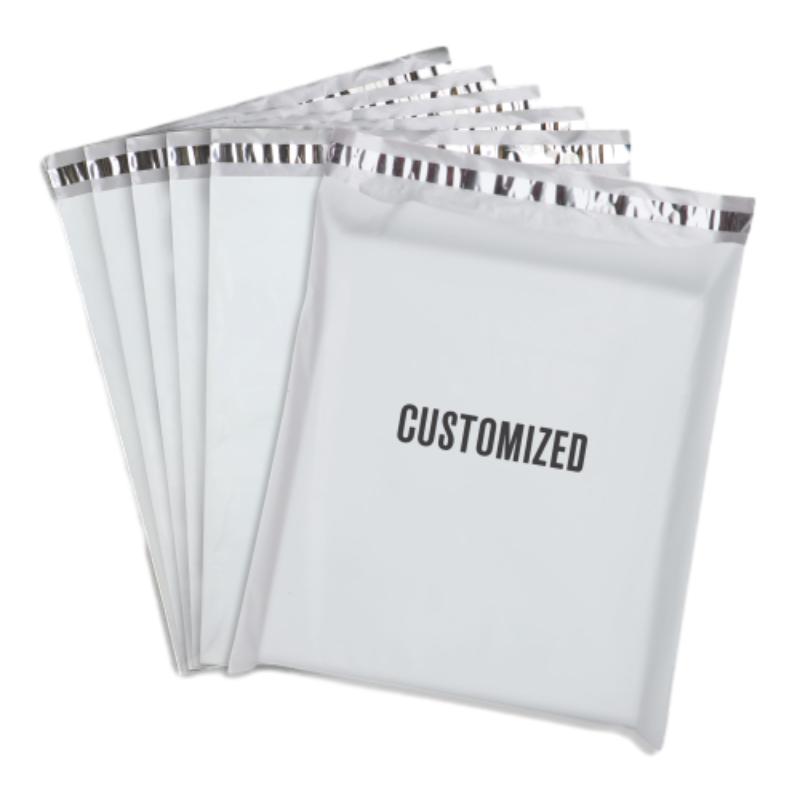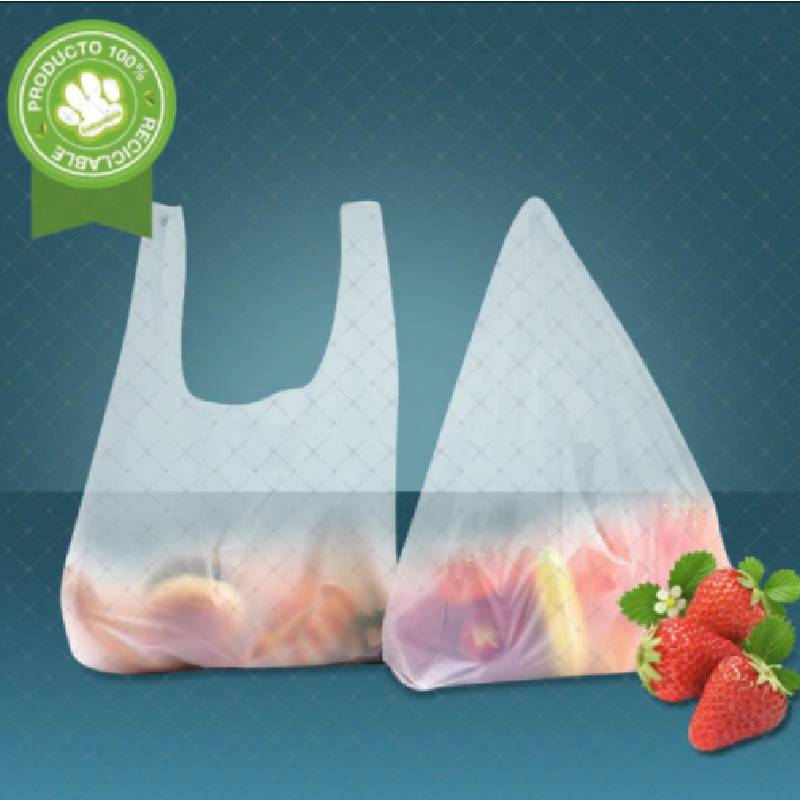In today’s rapidly evolving food packaging and logistics industry, PE cling wrap technology stands at the intersection of innovation and practicality. As global demands for safe, sustainable, and highly functional packaging materials grow, PE-based solutions—covering PE packaging film, PE food wrap, and advanced PE stretch wrap—are reshaping industry standards. Major players like Xiongxian Liya Packing Material Co., Ltd. are at the forefront, offering products that address critical requirements from food-grade safety to mechanical performance and eco-compatibility.
This in-depth guide comprehensively explores the world of PE cling wrap, laying out industry trends, authoritative data, technical comparatives, specialized FAQ, and more—delivering the expertise and trustworthiness you expect from sector-leading sources.
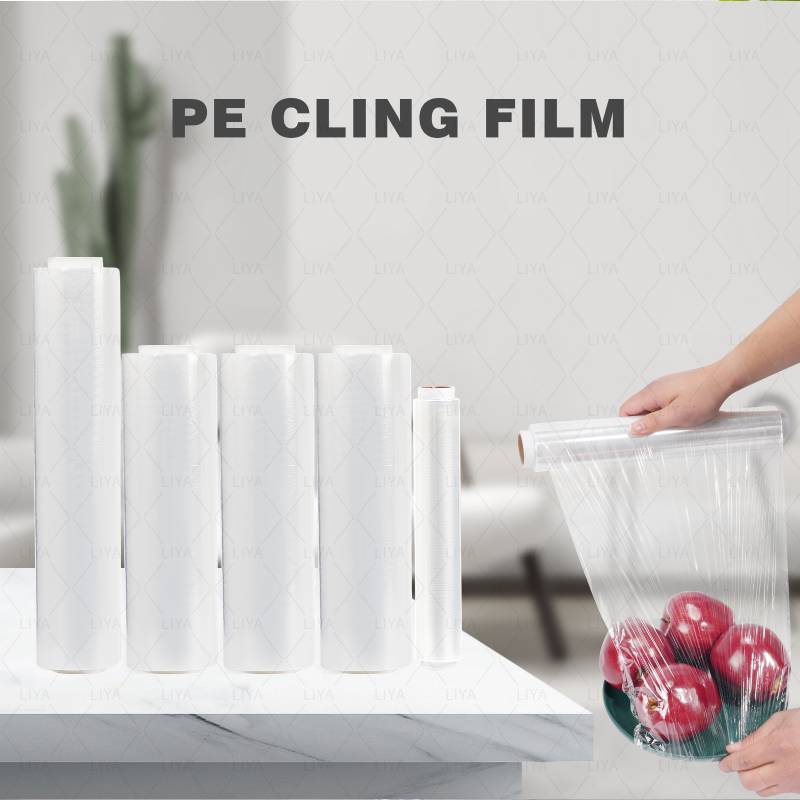
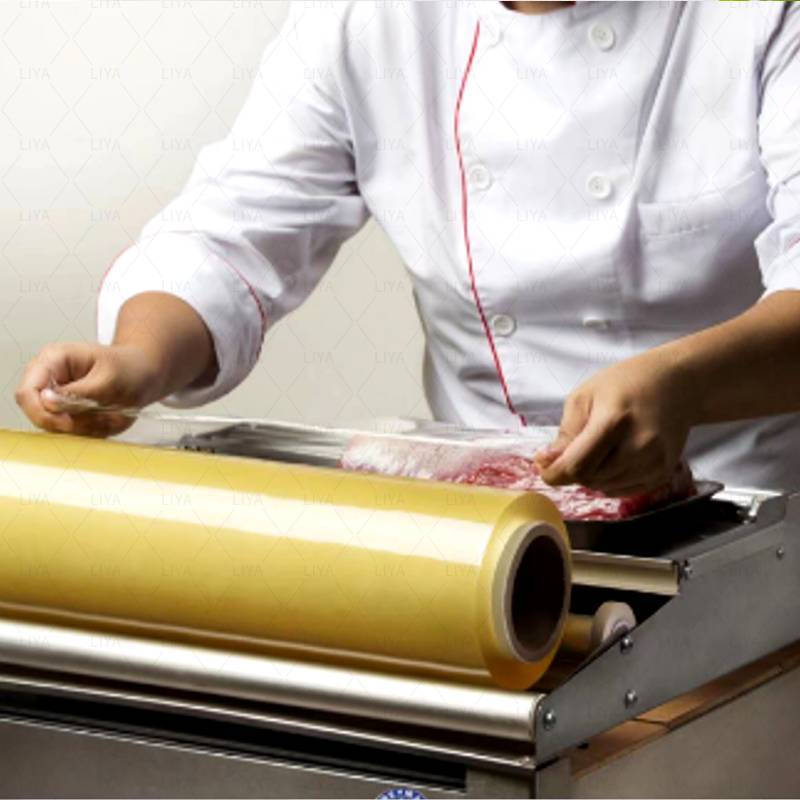
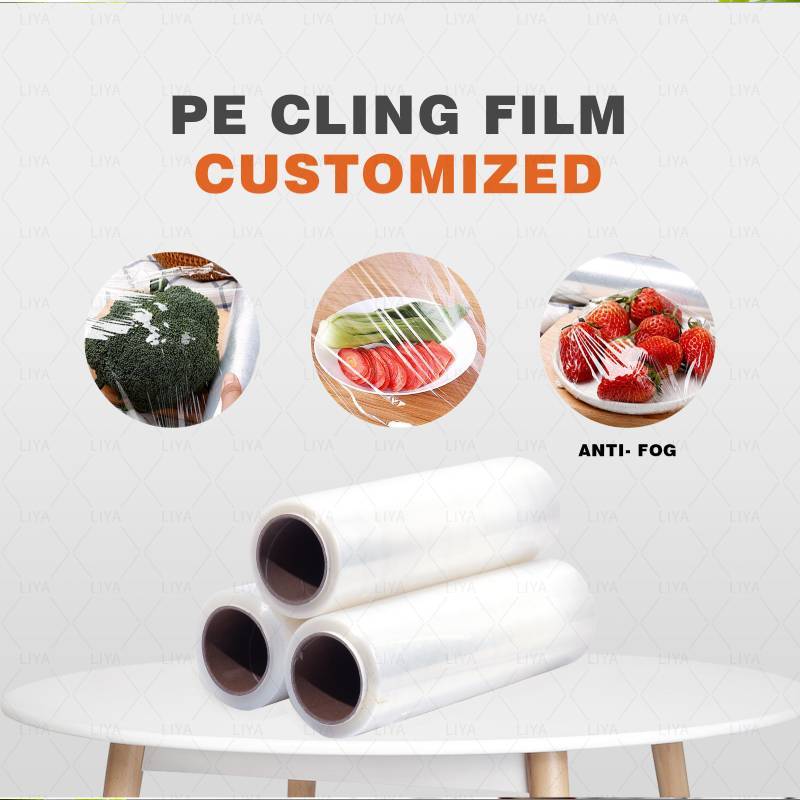
Corporate Overview: Xiongxian Liya Packing Material Co., Ltd.
Company Profile & Contact Information
- Company Name: Xiongxian Liya Packing Material Co., Ltd.
- Official Website: https://www.liyabiobag.com
- Phone: +86 182 3333 3725
- Email: cassie.lu@liyasy.com
- Mobile: +86 159 3182 2888
- Address: Plastic Packing Park, Xiongxian, Baoding, Hebei province, China 071800
With advanced production lines and strict adherence to international standards, Xiongxian Liya Packing Material Co., Ltd. delivers food-grade and industrial PE films trusted by multi-national clients for reliability, safety, and innovation.
Industry Trends: Why Choose PE Cling Wrap?
The global food packaging film market is projected to surpass USD 150 billion by 2027, powered by consumer awareness toward hygiene, sustainability, and food preservation technologies. PE cling wrap (Polyethylene-based) has rapidly become a preferred packaging material in both home and commercial environments due to its excellent barrier properties, flexibility, and cost-performance balance (Packaging Digest).
- Consumer Safety: PE wraps offer low migration, high purity, and resistance to contaminants.
- Technology Advancement: Innovative PE grades enhance performance: higher tensile strength, greater clarity, superior clinging without added plasticizers.
- Environmental Impact: New biodegradable/compostable variants addressing global sustainability mandates (Carbohydrate Polymers, Elsevier).
Technical Parameters: PE Cling Wrap & Competitor Landscape
| Parameter | PE Cling Wrap | PVC Cling Wrap | Biodegradable PE Wrap | PVDC Wrap |
|---|---|---|---|---|
| Food Safety Level | High (FDA/LFGB/GB Standard) | Medium | High | High |
| Material Composition | Linear/LD/HD Polyethylene | Polyvinyl chloride | Bio-based PE + Additives | Polyvinylidene chloride |
| Temperature Resistance | -60°C to 110°C | -10°C to 80°C | -30°C to 80°C | -30°C to 99°C |
| Flexibility/Cling | High, superior | Medium | Medium | High |
| Transparency | 95%+ | ~88% | 90% | 98% |
| Eco-friendliness | Medium (improving) | Low (contains plasticizers) | High | Medium |
| Odor Transfer Resistance | Strong | Medium | Medium | Outstanding |
| Market Share 2023 | 54% | 24% | 3% | 19% |
The technical supremacy of PE cling wrap is evident—not only in high food-grade safety but also in clarity, temperature resilience, and clinging performance, confirming publication data from PlasticsToday.
Featured Product Spotlight: Food-grade PE Food wrap
Material: Food grade PE material (safe for direct contact with food)
Key Properties:
- Strong absorbing ability, keeps food fresh longer
- Safe & secure: no toxic plasticizers, meets international safety standards
- Temperature resistance: Heat up to 110°C, Cold down to -60°C
- Excellent transparency and flexibility
Applications & Scenarios: The Power of PE Cling Wrap
- Food Preparation & Storage: Homes, restaurants, supermarkets using PE food wrap for fruits, vegetables, meat, and bakery items
- Industrial Packaging: Pallet wrapping, logistics bundling (PE stretch wrap) for cargo integrity
- Healthcare: Contamination barrier in medical material and devices
- Agriculture: Protection of seedlings, greenhouses (UV resistant PE films)
- Takeaway/Fast Food Chains: Hygiene-focused, tamper-evident packaging
PE packaging film and PE cling wrap availability in diverse thicknesses and grades makes them suitable for virtually every context where food safety and barrier properties are required (ResearchGate: Food Packaging Technology).
PE Cling Wrap: Technical Parameter Trends & Data Visualization
Professional FAQ on PE Cling Wrap Terminology & Performance
- Q1: What is the main raw material of PE cling wrap?
- PE cling wrap is primarily made from Polyethylene resin, with food-grade types using LDPE (Low Density Polyethylene) or LLDPE (Linear Low Density Polyethylene) to balance flexibility, clarity, and strength. The absence of phthalates/plasticizers makes it safe for direct food contact (International Journal of Food Science).
- Q2: What are its standard thickness and available sizes?
- Typical thicknesses range from 8 to 14 microns for food applications, with industrial PE stretch wrap going up to 23–35 microns. Standard widths are 30, 45, 60cm with customizable length rolls for retail or automatic dispensers.
- Q3: What certifications should a high-quality PE food wrap meet?
- Certifications include FDA, EU Food Contact regulations (1935/2004/EC), GB 4806.7-2016 (China), LFGB (Germany), and ISO 9001/ISO 22000 for food safety management.
- Q4: How does installation standard affect industrial PE stretch wrap?
- Proper application tension (manual or automatic), overlap width, and film pre-stretch ratio ensure tightness and load safety. A uniform wrap prevents shifting, tears, or load collapse in transit.
- Q5: What are heat and cold resistance characteristics?
- Food-grade PE food wrap from Liya supports heat up to 110°C (suitable for microwaving) and cold down to -60°C (deep freeze), much broader than PVC or general PP wraps.
- Q6: How does PE packaging film perform in terms of permeability?
- It offers low permeability to water vapor and oxygen, which helps extend shelf life and maintain product texture; advanced EVOH/PE multilayers further enhance this.
- Q7: Can PE cling wrap be recycled?
- Yes—conventional PE is widely recyclable (code “4” LDPE), and increased post-consumer recycling systems are in place globally. Some products already incorporate 10–30% recycled raw material.
EEAT Foundation: Professionalism, Authority, and Trust
- Expertise: Xiongxian Liya Packing Material Co., Ltd. leverages skilled engineers, state-of-the-art resin compounding, and strict safety audits.
- Authoritativeness: Products certified by FDA, LFGB, and tested by third-party laboratories for global export compatibility.
- Trustworthiness: Transparent production procedures, annual social/environmental audits, and rapid-response customer service underpin long-term partnerships with Fortune 500 customers.
- Industry reference: Practical adoption of high-barrier PE laminations as documented by TAPPI Forum & insights from Food Packaging Forum.
References and Further Industry Reading
- Packaging Digest - Polyethylene Films for Food Packaging
- Carbohydrate Polymers, Elsevier – Biodegradable PE Materials Review
- International Journal of Food Science – Safety of PE-based Packaging
- PlasticsToday – Innovations in PE Film Technology
- ResearchGate – Food Packaging Technology Overview
- TAPPI Forum – Barrier Films in Packaging
- Food Packaging Forum – Food Contact Safety News


